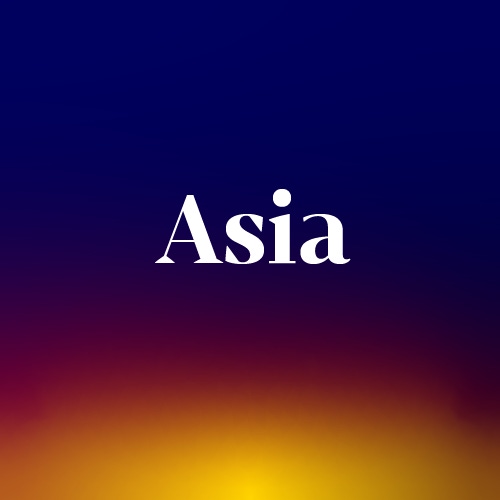Asia's 2021: Chip shortages, more trade wars and modest 5G gains
It was a year dominated by chip supply woes and the deepening US-China trade war. Also, 5G gained lots of ground but showed few signs of returns.

In 2021, the semiconductor shortage was first felt in the smartphone sector and soon spread across the economy, with auto firms especially hard hit.
Industry leaders said while it was likely to ease next year, the supply would probably not stabilize until 2023 after new capacity comes onstream.
This includes new Samsung fabs in Korea and Texas, Intel and TSMC plants in Arizona, and additional TSMC facilities at home and, with the help of a multi-billion dollar government assist, in Japan for the first time.
To better manage the supply chain, the Biden Administration demanded semiconductor firms disclose critical business data, unnerving Asian chipmakers and governments. Despite some public misgivings, they complied.
Figure 3: 
(Source: analogicus from Pixabay)
A cold, trade war
The new administration continued the tech war begun under Trump as the US and allies foiled Chinese companies in subsea cable projects. They insisted on the suspension of a west Pacific islands contract originally issued by HMN, the former Huawei marine cable business, promising to fund the cable themselves. They also partnered to build a short bridging cable from Palau to the SEA-US system.
In the year's most unusual deal, Telstra acquired Digicel Pacific, the biggest Pacific islands operator, largely with Australian government funds. The US and Japan also said they would help fund 5G development in the Pacific.
Foreign vendors in China increasingly found themselves on the sidelines. China Mobile set aside just 6% of its $6 billion 700MHz network tender for foreign suppliers and excluded them entirely from its $1.2 billion core network.
After being evicted from the New York exchange as well as the US telecom market on national security grounds, China Mobile and China Telecom are making triumphant returns to the Shanghai bourse.
China Telecom raised $7.3 billion in its August debut, China's biggest in more than a decade, but is set to be eclipsed by China Mobile's imminent $8.8 billion IPO, 1.4 times over-subscribed and expected early in the New Year.
5G's signal and noise
In the rest of the region, 5G made steady if unspectacular progress. Operators sold bigger data bundles and cloud gaming and XR services but are yet to see a 5G payday.
Statistically, the segment is dominated by Chinese operators, who report 450 million 5G customers - 80% of the global total - and 1.3 million basestations.
In Malaysia, authorities grappled with Asia's most troubled 5G scheme. Its plan for a single wholesale network was criticized by the GSMA and rejected by most operators, who have called for a second network to be built.
Figure 2: 
(Source: mkjr_ on Unsplash)
Huawei pivoted to the enterprise as its bottom line took a hit from its plunging handset business. The unit contracted by 47% in the first half as total sales fell 29%. But the company moved swiftly to capture the huge smart car opportunity and set up new targeted lines of business in coal mining, customs and ports and other verticals.
The big vendor has made it clear that building networks is still its core business, however, with 6G already in its sights.
And while the next mobile generation is still years away from being defined, one thing we know is that satellite is going to be an essential part, leading to early maneuvering by the sector's largest companies.
Carrier consolidation, content clashes
Norway's Telenor got busy. After booking a $750 million loss on the sale of its Myanmar unit in the wake of the February military coup, it agreed a $15 billion Malaysian merger with Axiata and a $9 billion deal in Thailand between 43%-owned True and DTAC to create Thailand's biggest carrier.
Figure 1: 
Telenor signs in Yangon, Myanmar.
(Source: Jorgen Udvang / Alamy Stock Photo)
Indonesia began its long-overdue consolidation. Ooredoo Indosat and Hutchison forged a $6 billion merger and XL Axiata and Smartfren put out feelers on their own amalgamation.
Australia's fourth-biggest telco Vocus went private in a $2.6 billion deal as investors weighed further M&As among smaller operators in the Australian and New Zealand markets.
While a global TV audience was gripped by Squid Game, back in Korea, Netflix and SK Broadband squared off in a contest of their own over the court-backed demand that the streaming firm pay "network usage fees."
Related posts:
— Robert Clark, contributing editor, special to Light Reading
Read more about:
AsiaAbout the Author(s)
You May Also Like




_International_Software_Products.jpeg?width=300&auto=webp&quality=80&disable=upscale)







